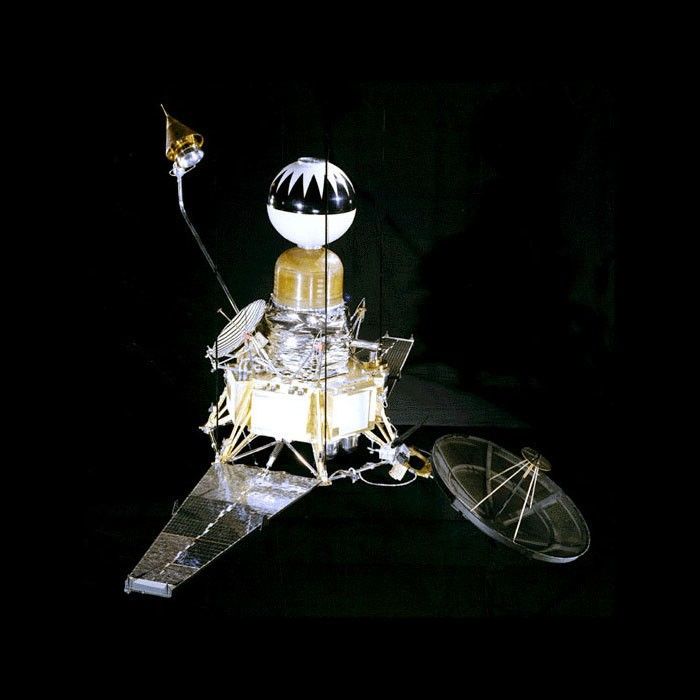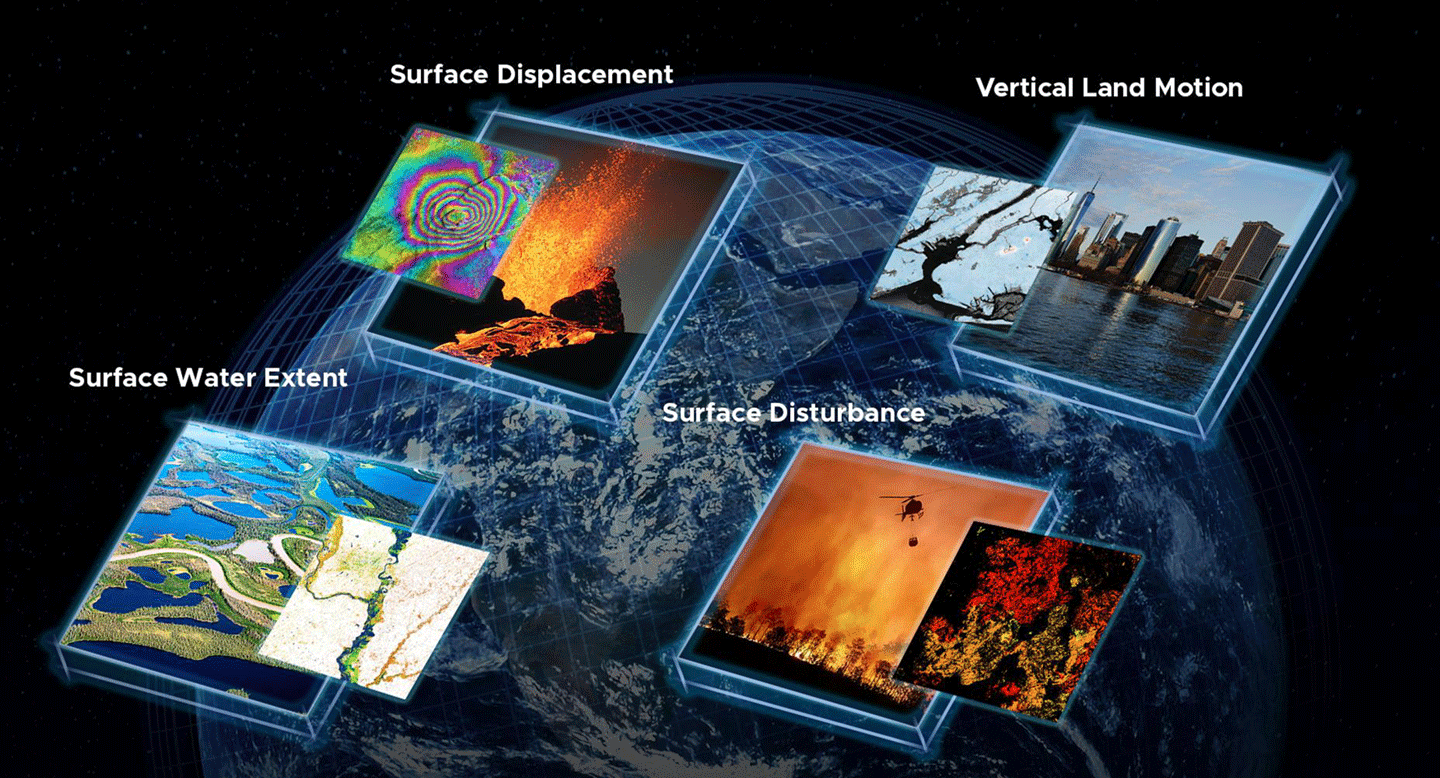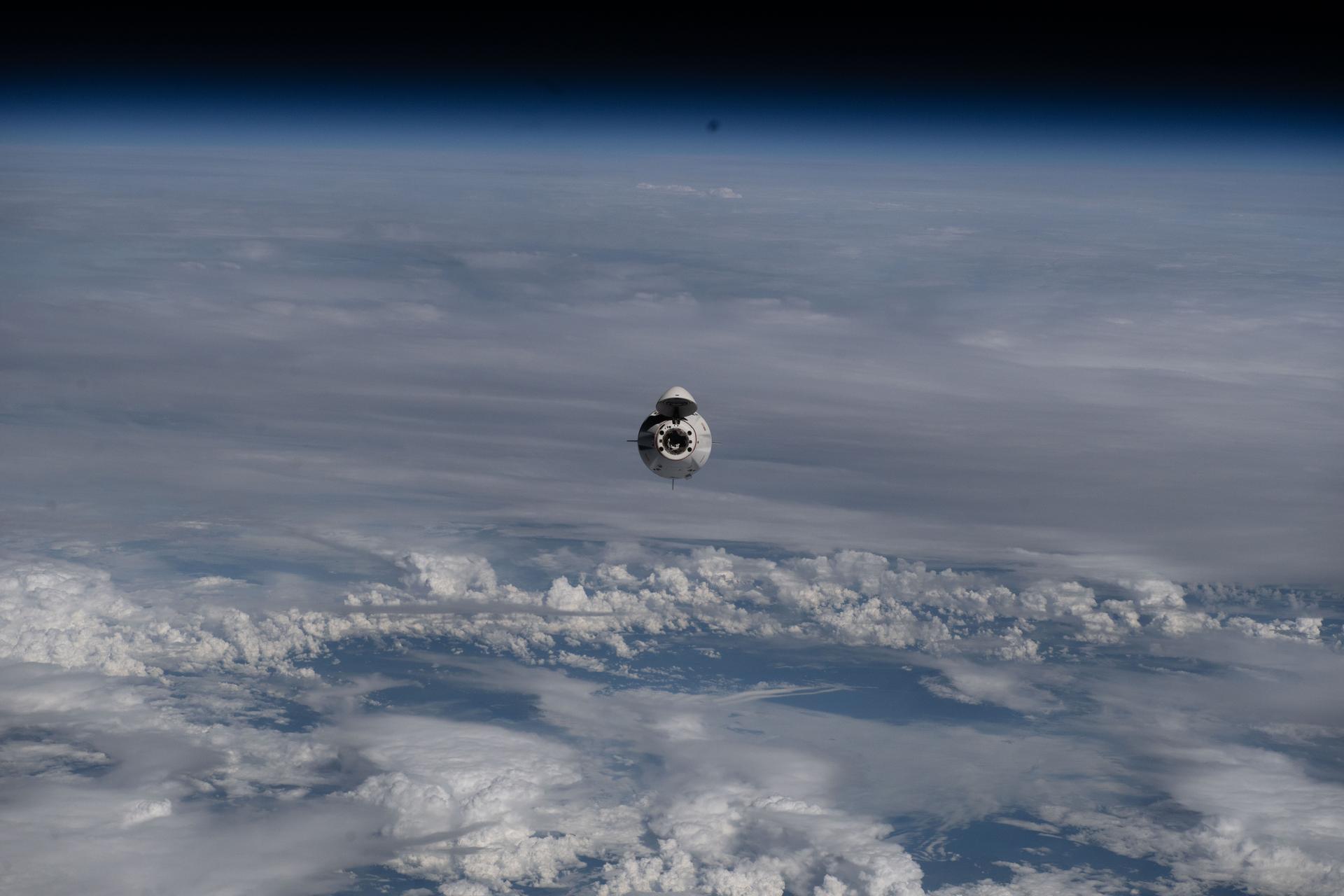Ranger 3
Type
Launch
Target
Objective
What was Ranger 3?
Ranger 3 was NASA's first attempt to put a probe on the Moon. It carried a TV camera and an instrument capsule. A series of malfunctions sent the spacecraft hurtling past the Moon, but it did take the first measurements of interplanetary gamma ray flux. Ranger 3 eventually entered heliocentric orbit.
| Nation | United States of America (USA) |
| Objective(s) | Lunar Impact |
| Spacecraft | P-34 |
| Spacecraft Mass | 728 pounds (330 kilograms) |
| Mission Design and Management | NASA / JPL |
| Launch Vehicle | Atlas Agena B (Atlas Agena B no. 3 / Atlas D no. 121 / Agena B no. 6003) |
| Launch Date and Time | Jan. 26, 1962 / 20:30 UT |
| Launch Site | Cape Canaveral, Fla. / Launch Complex 12 |
| Scientific Instruments | 1. Vidicon TV Camera 2. Gamma Ray spectrometer 3. Radar Altimeter 4. Single-Axis Seismometer |
Key Dates
Jan. 26, 1962: Launch
Jan. 28, 1962: Mission end date
In Depth: Ranger 3
This was the first U.S. attempt to impact a probe on the surface of the Moon. The Block 2 Ranger spacecraft carried a TV camera that used an optical telescope that would allow imaging during its descent down to about 15 miles (24 kilometers) above the surface.
The spacecraft also carried a 94-pound (42.6-kilogram) capsule that would separate at about 13 miles (21.4 kilometers) in altitude and then independently impact on the Moon.
Protected by a balsa wood outer casing, the capsule was designed to bounce several times on the lunar surface before coming to rest. The primary onboard instrument was a seismometer.
Because of a malfunction in the Atlas guidance system (due to faulty transistors), the probe was inserted into a lunar transfer trajectory with excessive velocity. A subsequent incorrect course change meant the spacecraft reached the Moon 14 hours early and missed it by about 22,860 miles (36,793 kilometers) on Jan. 28, 1962.
The central computer and sequencer failed and the spacecraft returned no TV images. The probe did, however, provide scientists with the first measurements of interplanetary gamma-ray flux.
Ranger 3 eventually entered heliocentric orbit.
Key Source
Siddiqi, Asif A. Beyond Earth: A Chronicle of Deep Space Exploration, 1958-2016. NASA History Program Office, 2018.




































